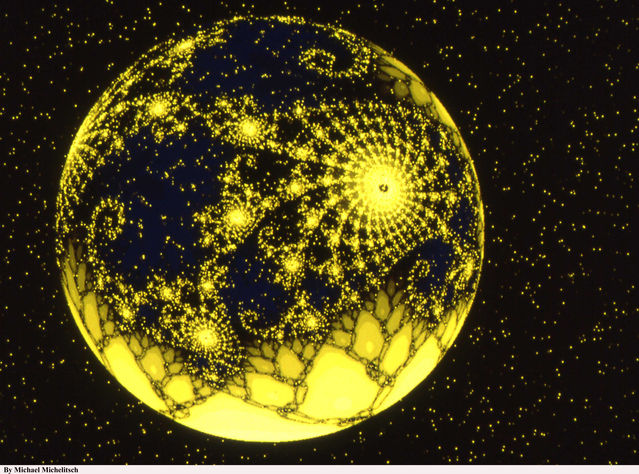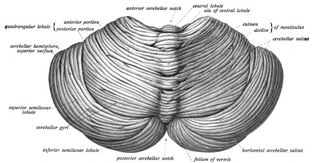Neuroscience
Is Consciousness a Ghost in the Machine?
A new theory speculates how consciousness arises in the brain
Posted October 9, 2016

Some questions cannot be addressed by science. Like parallel universes, the consciousness of others is not something that can be directly observed, measured, or experienced. Rene Descartes famously said,
"I think, therefore I am."
a declaration that only knowledge of one's own consciousness is absolute. You assume that friends and neighbors have subjective, internal experiences similar to your own. And yet, you will never know that these individuals are not mindless automatons, behaving in a manner similar to yourself yet lacking conscious experience.

While it is impossible to ever truly breach this epistemological hurdle, most of us operate on the assumption that other minds exist and individuals with behavior similar to our own experience the world as we do. Accepting this axiom, meaningful questions may be asked: Which brain architectures best support consciousness? Why does consciousness feel like "one thing" despite containing so much information? Why does consciousness vanish during seizures? Why do cerebellar lesions minimally impact consciousness?
Neuroscientist Giulio Tononi has developed a system to answer these questions using the framework of information theory. In this context, information is a reduction in uncertainty, as in knowing the value of a variable with many possible states. Tononi's theory, known as Integrated Information Theory (IIT), describes consciousness as information integrated across a highly differentiated system that cannot be reduced to constituent parts. The cerebral cortex has a vast capacity to both integrate and differentiate information, making its architecture optimal for consciousness. This balance between integration and differentiation is known as phi, a quantity which may one day be used to estimate the consciousness of a brain or other network.
What happens to consciousness if the repertoire of possible states of a system is reduced? During an epileptic seizure, large populations of neurons fire hyper-synchronously. These populations largely display one of two states, firing or not firing. Such hyper-synchrony produces huge, slow brainwaves in EEG recordings. Do large brainwaves translate into elevated consciousness? No. Epilepsy patients lose consciousness during seizures because the repertoire of possible brain states is reduced, yielding less information to be integrated into consciousness.

What happens to consciousness if the integration of a system is reduced? Is consciousness commensurate with the number of neurons in a brain? Consider the cerebellum, seat of the majority of the brain's neurons. A lesion to this brain structure, which is involved in coordination and balance, will impair motor function yet minimally affect consciousness. Why? The cerebellum is composed of linear feed-forward circuits: chains of neurons projecting onto each other with minimal crosstalk between individual chains. While the number of possible states is high, the information of the cerebellum can be reduced to independent modules, leaving little information to be integrated into consciousness.
IIT seems to explain how the brain generates consciousness, though some might object that it does not explain why this mysterious phenomenon happens. But do we ever really know why? Why does mass have inertia? Why do opposite charges attract? To quote the late Richard Feynman,
"Some people say, 'How can you live without knowing?' I do not know what they mean. I always live without knowing. That is easy. How you get to know is what I want to know."
~
Originally published in Knowing Neurons.
~
References:
Tononi, Giulio, & Edelman, Gerald. M. "A universe of consciousness: how matter becomes imagination." A Universe of Consciousness: How Matter Becomes Imagination (2000).
Tononi, Giulio. "An information integration theory of consciousness." BMC neuroscience 5.1 (2004): 42.
Tononi, Giulio, Sporns, Olaf & Edelman, Gerald. M. (1994). A measure for brain complexity: relating functional segregation and integration in the nervous system., Proceedings of the National Academy of Sciences, 91 (11) 5033-5037. DOI: http://dx.doi.org/10.1073/pnas.91.11.5033


